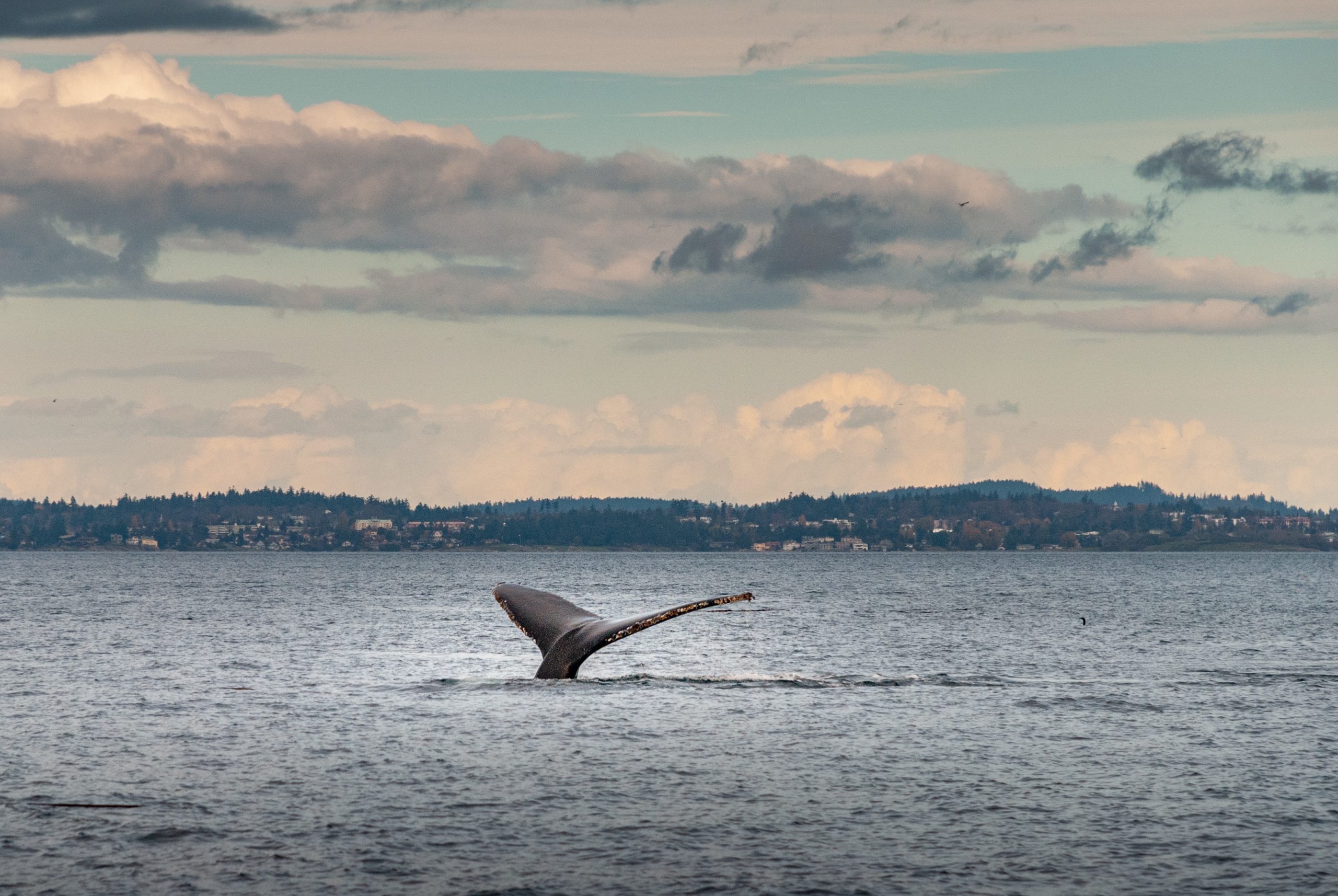
“Fly Me to the Moon” lurches wildly from zippy, retro rom-com to cynical political satire to weighty, remorseful drama and back again. Tonally messy and overlong, director Greg Berlanti’s film ultimately squanders the considerable charms of its A-list stars, Scarlett Johansson and Channing Tatum, who are individually appealing but have zero chemistry with each other.
Johansson is especially charismatic here as Kelly Jones, a late-’60s ad executive who gets plucked from a Manhattan agency to sell the space program to the American people. She’s Don Draper in a pink pencil skirt – and all hail costume designer Mary Zophres, the longtime Coen brothers’ collaborator, who has amassed a truly dazzling array of mid-century chic ensembles for these actors to wear. The shadowy government figure who approaches Kelly in a bar about the gig (Woody Harrelson, playfully menacing in a fedora) comments on how useful her beauty is in her line of work. But her ability to read people and figure out what makes them tick makes her even more formidable.
Watching Kelly transform herself from one moment to the next into whoever she needs to be to get her way provides the primary source of joy in Berlanti’s film, based on a screenplay by Rose Gilroy. Is she a compulsive liar? Perhaps. But she’s also extremely good at her job.
Which is why her supposed romantic connection with Tatum’s launch director Cole Davis makes no sense, beyond the fact that these are both inordinately gorgeous people. Kelly and Cole meet cute one night in the neon glow of a Cocoa Beach, Florida, diner; the next day, they have an awkward moment straight out of “Top Gun” when they realize they’ll be forced to work together. But Cole wants no part of Kelly’s shenanigans; a brilliant pilot who should have been an astronaut himself, he’s all business, and he remains consumed by the tragedy of Apollo 1 even as the Apollo 11 moon mission looms large on the horizon. He’s kind of a drag.
Snappy banter is crucial to this kind of screwball romantic comedy. “Fly Me to the Moon” aims for the kind of sparks we’ve enjoyed in all those Rock Hudson and Doris Day classics. Here, it often feels like Johansson and Tatum are in entirely different movies. She’s effervescent and fearless; he’s stoic and apprehensive. Interestingly, Chris Evans originally was meant to play Cole, and would have been a much better fit, only partly because he and Johansson are longtime friends in real life. There’s a lightness required here that Tatum can’t seem to summon, although that’s also because it’s missing on the page. And later in the film, when Kelly and Cole sit down to reveal their demons to each other, the movie grinds to a halt for these tedious exposition dumps.
Cole would be particularly irate to learn that part of Kelly’s assignment includes hiring a director and actors to fake the moon landing on a soundstage in case the real one fails. This, of course, has been a conspiracy theory for decades, including the notion that Stanley Kubrick himself was at the helm – the inspiration for a couple of flat, throwaway jokes here. Jim Rash chews up the scenery as a wildly flamboyant but frustrated filmmaker who finally gets the chance to show off his artistry, even if no one can know about it. He definitely knows what movie he’s in – or at least, what movie this could have been.
From here, “Fly Me to the Moon” gets bogged down in multiple endings, with a back-and-forth as to what’s real and what’s fake that eventually becomes jumbled. It keeps going and going past what might have been a natural conclusion, spelling out motivations and developments that would have been more intriguing if they’d been left to our imagination. Berlanti’s movie is far more effective as an upbeat farce than a poignant drama, and at well over two hours, the last 30 minutes or so feel like an eternity.
Capable supporting players like Ray Romano and Anna Garcia can only do so much through all these highs and lows with the thin characters they’re given. And Colin Jost of “Saturday Night Live” – who happens to be Johansson’s husband – is truly terrible in the briefest of cameos as a senator she’s trying to woo for his support. It’s such a hammy performance, though, that it almost seems intentional.
Still, this scene is indicative of the confusion that serves as the film’s wobbly throughline. Is this a comedy or a drama? Is it nostalgia or historical critique? Things keep catching on fire amid the chaos of “Fly Me to the Moon,” and maybe that’s the most apt metaphor of all.




